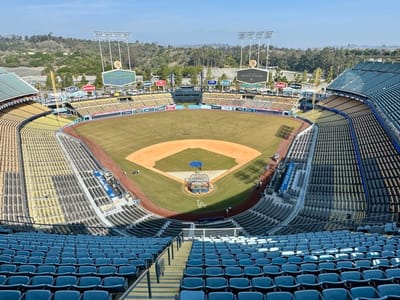NG-11 Space launch trip day 2

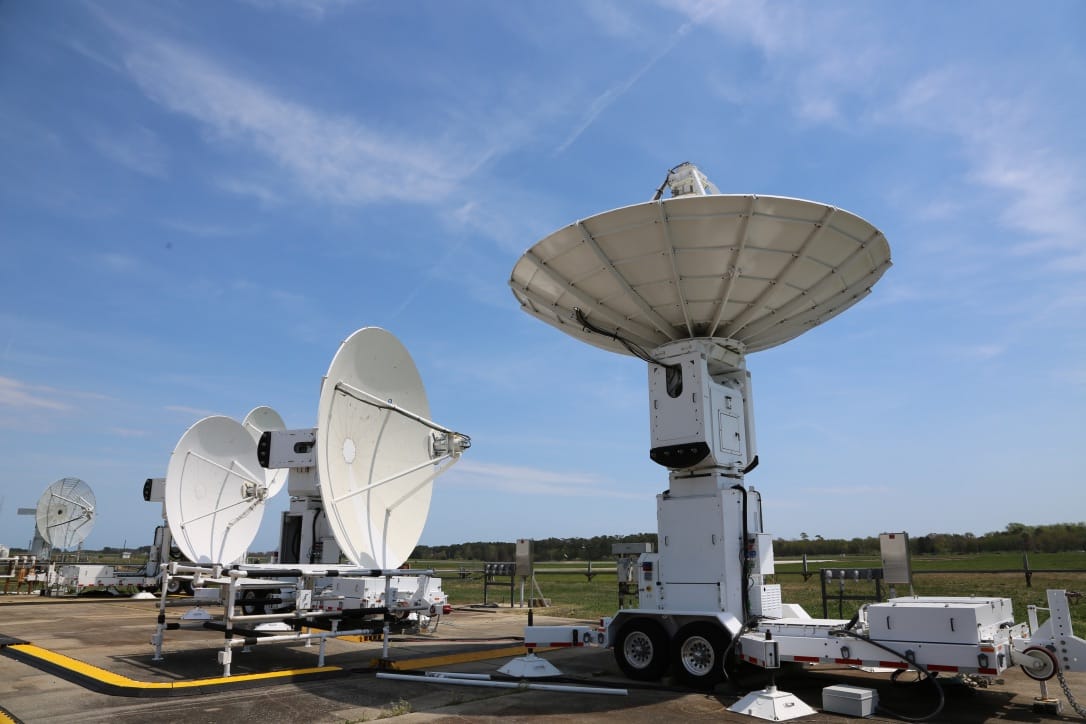

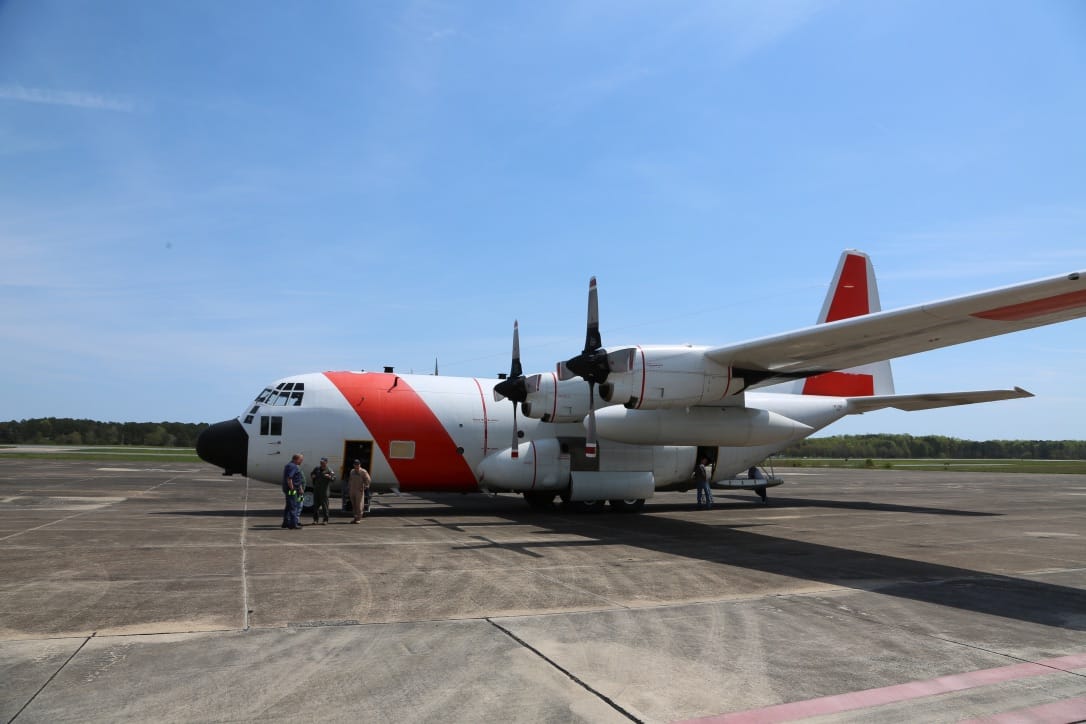

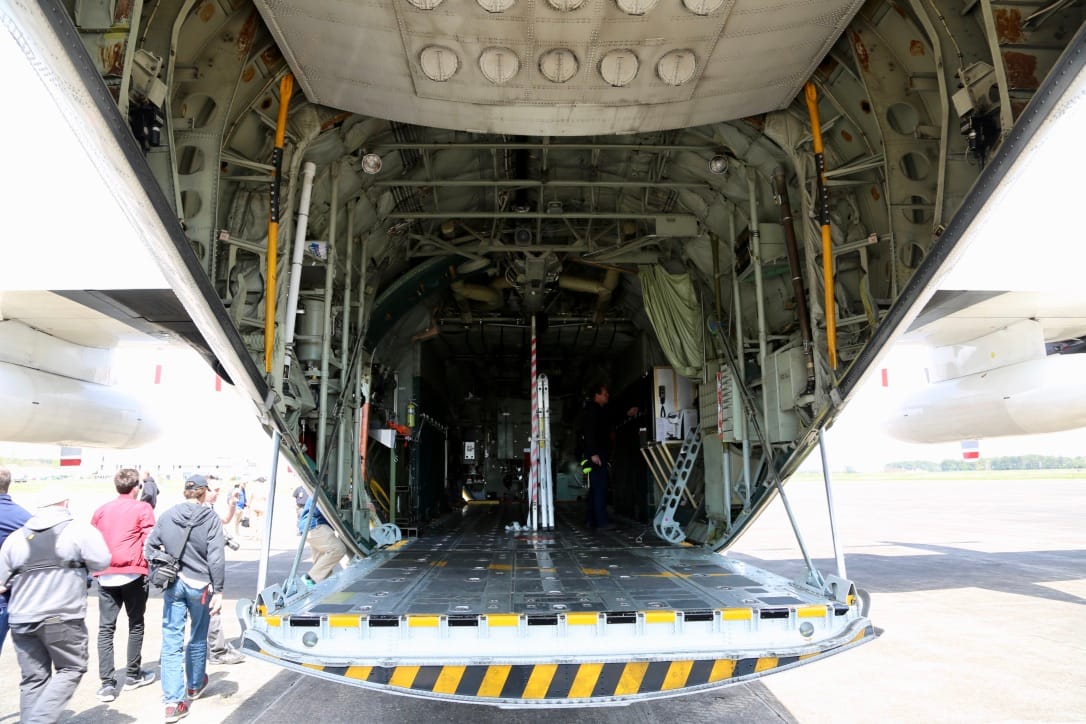
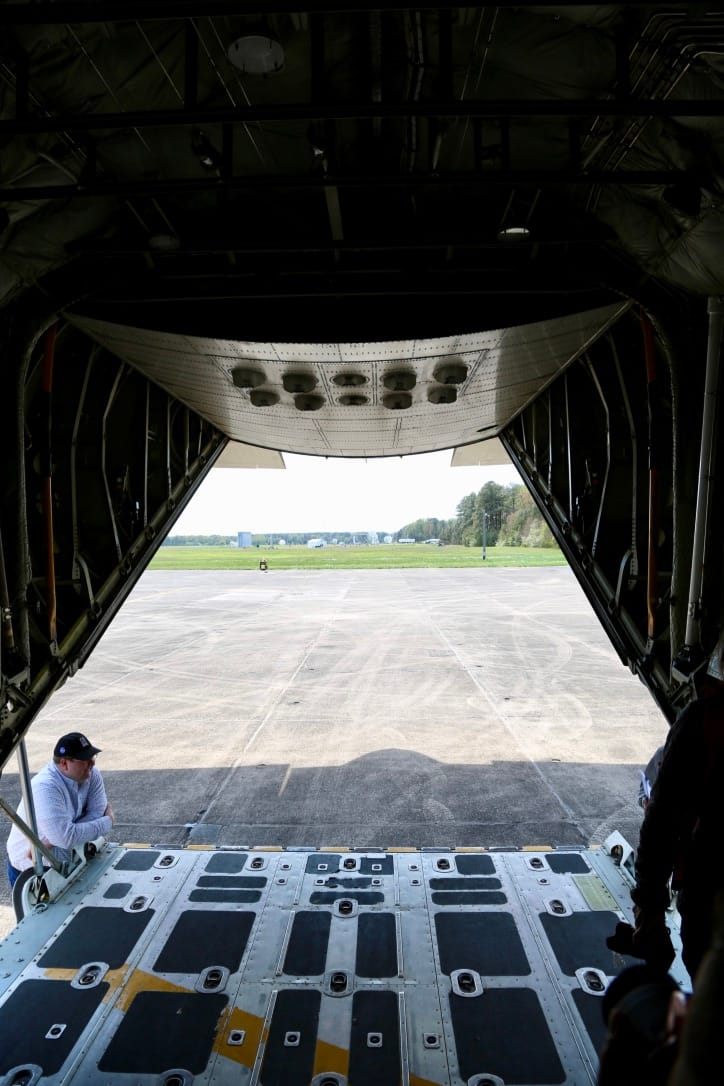
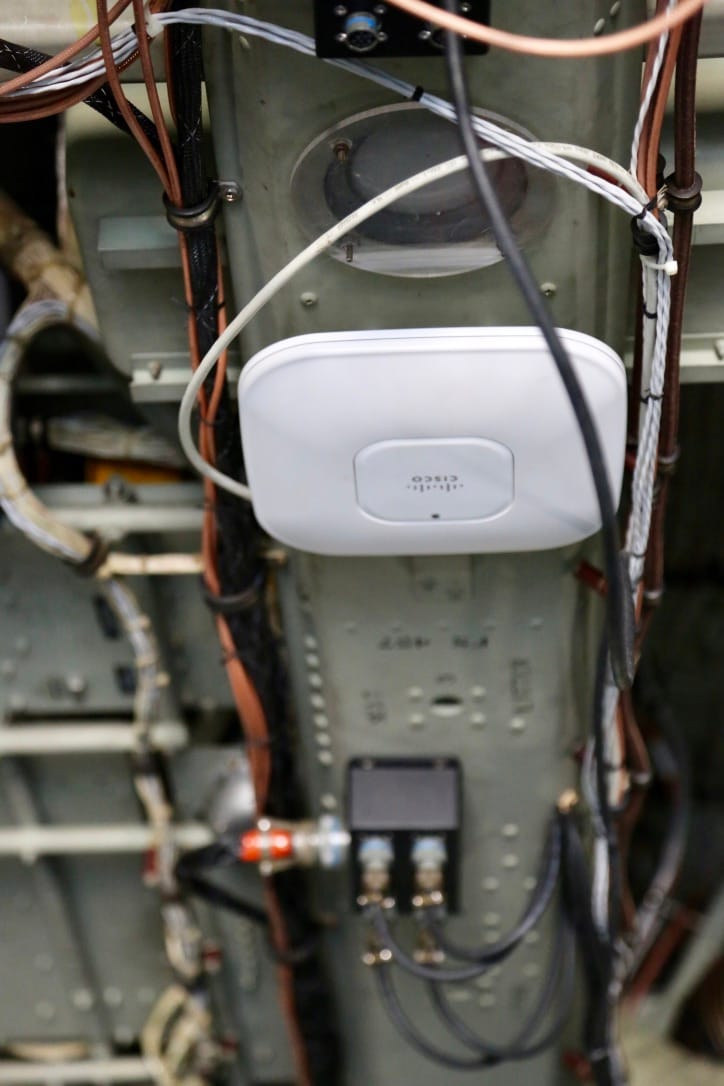


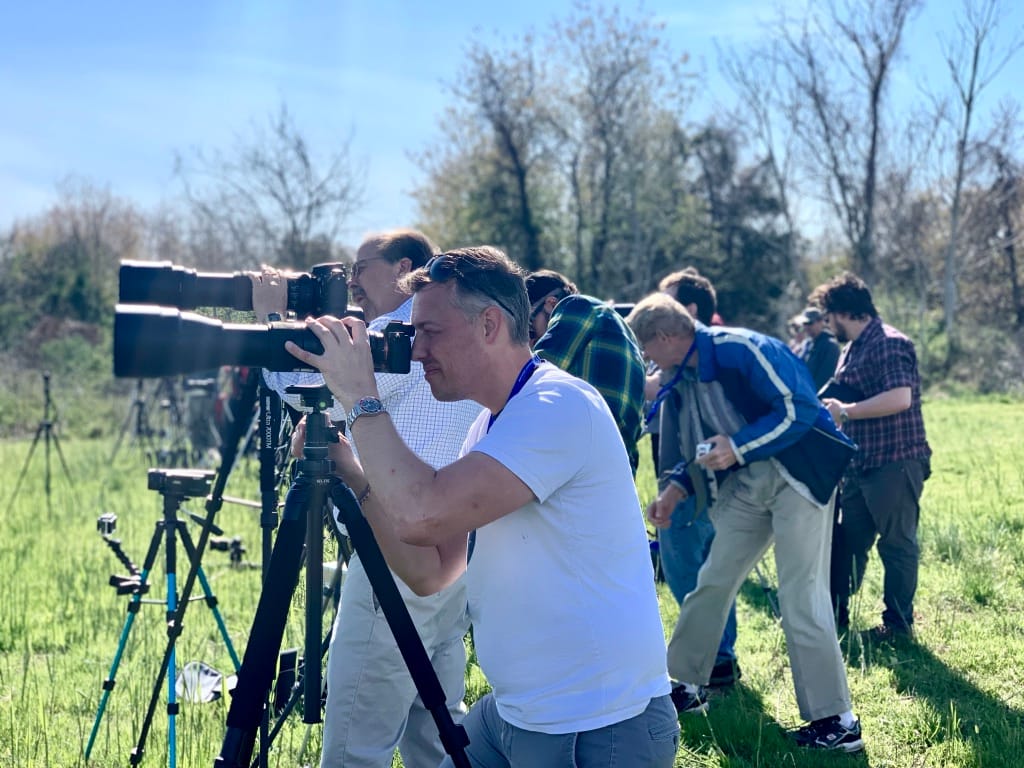

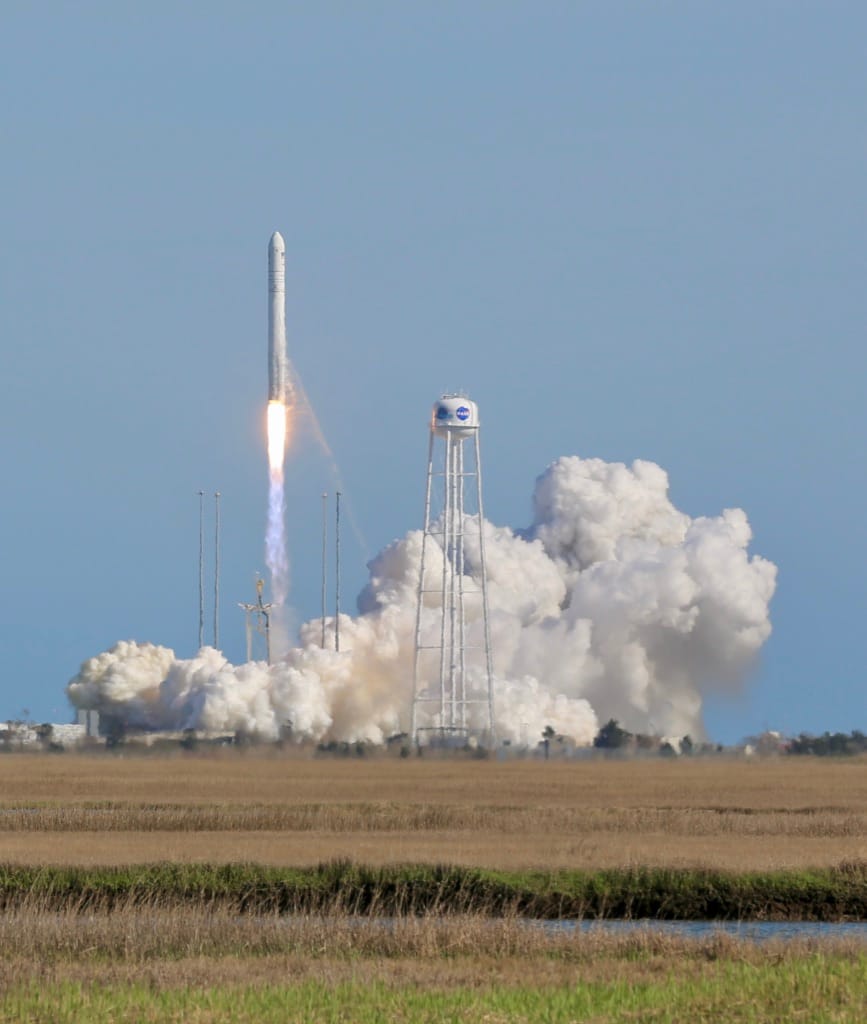
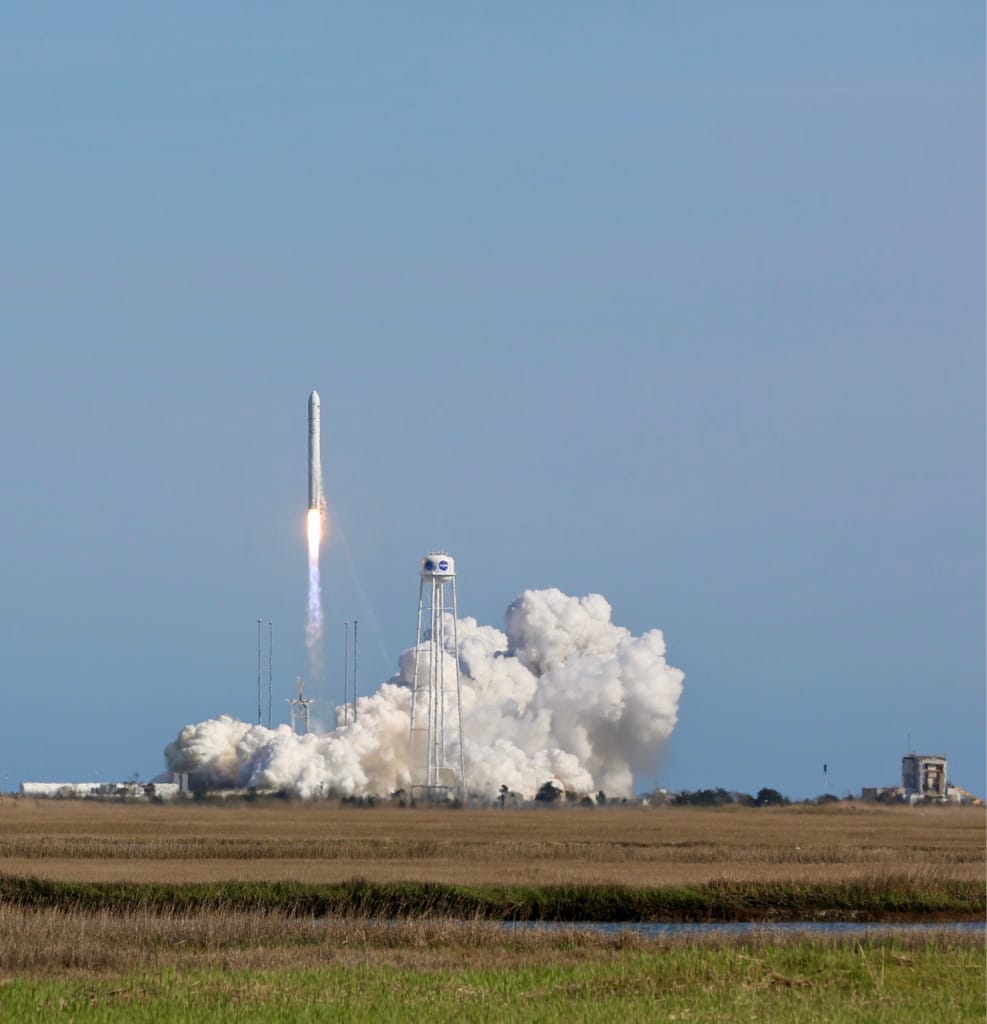
Day 2 was the big one and all signs pointed to everything going smoothly with perfect weather conditions for a launch later that day.
We started our day with a presentation and Q&A with retired astronaut Robert Curbeam, then we made our way to a telescope array where satellite data is beamed down continuously and we talked about the challenges of working with so much data.
Our last day trip before we trekked to the launch site was to visit an airfield and hanger. A highlight of this was when a C-130 cargo plane landed in the middle of our tour, and both the director of the airfield and the pilot jumped out and opened all the doors and waved us over to check out every nook and cranny. A cargo plane is a pretty specialized thing and it was great to see the cockpit and the cargo bays.
Finally, with the 4:46PM launch time, just before 3pm we started making our way to our launch viewing site. All morning, we could tell the roads were jammed near the NASA visitor center where the public was encouraged to go to see (it was maybe 4mi from the launch site). By the afternoon every road into the area was choked with traffic, and luckily we had back roads and special entrances to get onto Wallops Island.
By the way, if you're not in a NASA-led group, I did notice the post office we passed just as we entered the facility had a really clear view and just an hour before launch maybe 30 people knew about it and were parked there. It's here on Google Maps and from what I could see in the bus, it had a direct line of sight to the launch pad.
We got to our spot about 2 miles from the launch pad with a good clear view of it. NASA was kind enough to setup an event tent in the middle along with some bleachers and they even had wifi in the tent (cell networks were all jammed so this was a relief).
Every photographer ran off the buses into the marshland and people all stopped along a line where the ground was dry enough and stable for tripods. I grabbed a spot between tripods for my own camera, and setup my old Canon 5Dmk3 with a 70-200mm 2.8L lens on a cheap tripod I bought at Best Buy the night before.
At first I was a little freaked out, because my test photos of the rocket on the pad were showing up as blurry, but it was the effects of heat over 2 miles of land. Everyone's zoomed in view was a little wavy. I was also worried because everyone in my group was running 600mm lenses and a lot of people had multipliers to get in tighter at around 1200mm.
I worried 200mm wasn't enough, but in the end with the big sensor, I got perfectly fine shots of the launch I could crop down tighter, plus I didn't have to precisely follow the rocket to keep it in frame of a zoomed in view. I'll even go out on a limb and say you don't necessarily need the 600mm+ zoomed in hardware, since I checked out the shots from others in the group and they suffered from the same heat effects and slight blurs as mine.
Finally, the time got closer and closer and then suddenly it was about to happen. I wrote up all my overwhelming feelings here, but even though I was warned, the weirdness of seeing the rocket launch but not hearing it for 10-15 seconds was a trip. Then the sound was louder and sharper than I thought it'd be. I must admit for the first 30 seconds of the launch I was 100% focused on getting photos, but once the rocket left the pad and the plume, I stumbled backwards and just laid down on the ground to watch it continue to climb. I kinda wish I could experience a launch without a camera to fully experience it, but maybe someday.
Afterwards, we slowly made our way back to the bus and then we were dropped off. The roads were still slammed in all directions heading out, so I headed back to my hotel and tried to find dinner. At the fourth restaurant I checked, I got a table and some seafood, and finally I attended the NASA TV press conference that night before finally heading to Washington DC for my last day of the trip.
This trip was fantastic, it was a life-changing event that I'm incredibly thankful for getting the opportunity to witness. The NASA crew was incredible throughout, giving us tours and talks and answering questions and being incredibly accommodating.
I would implore anyone wanting to experience this to follow @NASASocial and the main NASA accounts on Twitter. Every couple months they open signups for future launches and their program runs like a well-oiled machine after dozens of these launches. Keep in mind you do have to pay for all your travel and time, but if you'd like to help NASA get the word out on all your social networks, they may just approve you.
Subscribe to our newsletter.
Be the first to know - subscribe today





